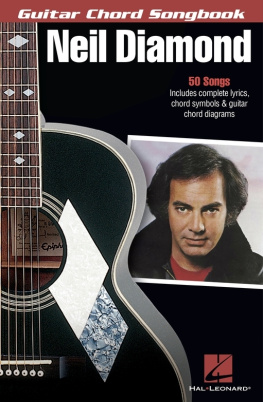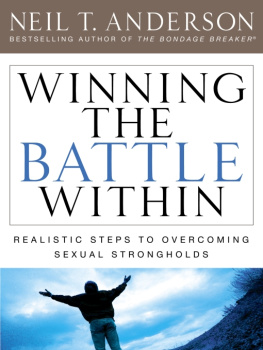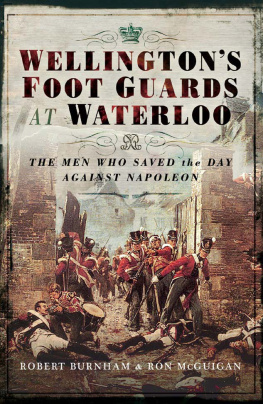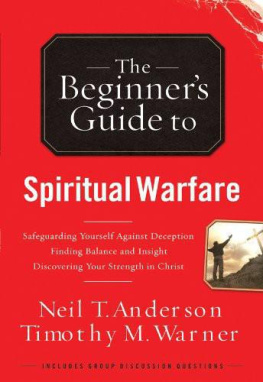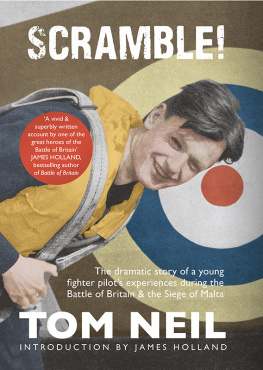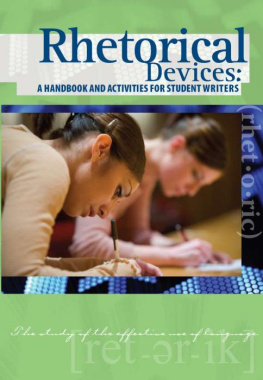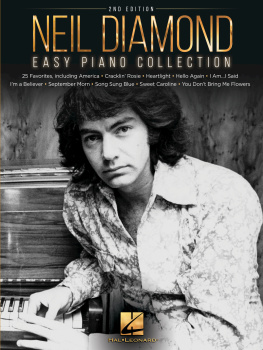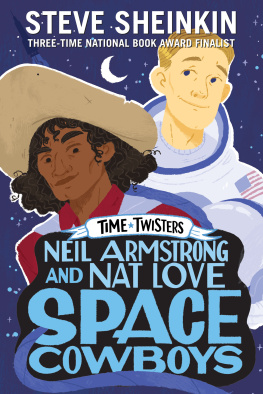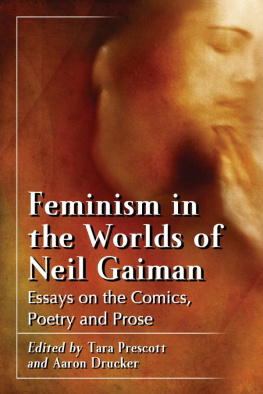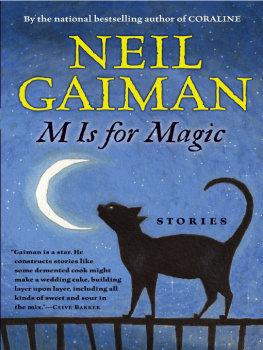McGuigan Neil - The Battle of Carham
Here you can read online McGuigan Neil - The Battle of Carham full text of the book (entire story) in english for free. Download pdf and epub, get meaning, cover and reviews about this ebook. publisher: Birlinn, genre: Religion. Description of the work, (preface) as well as reviews are available. Best literature library LitArk.com created for fans of good reading and offers a wide selection of genres:
Romance novel
Science fiction
Adventure
Detective
Science
History
Home and family
Prose
Art
Politics
Computer
Non-fiction
Religion
Business
Children
Humor
Choose a favorite category and find really read worthwhile books. Enjoy immersion in the world of imagination, feel the emotions of the characters or learn something new for yourself, make an fascinating discovery.
- Book:The Battle of Carham
- Author:
- Publisher:Birlinn
- Genre:
- Rating:5 / 5
- Favourites:Add to favourites
- Your mark:
- 100
- 1
- 2
- 3
- 4
- 5
The Battle of Carham: summary, description and annotation
We offer to read an annotation, description, summary or preface (depends on what the author of the book "The Battle of Carham" wrote himself). If you haven't found the necessary information about the book — write in the comments, we will try to find it.
The Battle of Carham — read online for free the complete book (whole text) full work
Below is the text of the book, divided by pages. System saving the place of the last page read, allows you to conveniently read the book "The Battle of Carham" online for free, without having to search again every time where you left off. Put a bookmark, and you can go to the page where you finished reading at any time.
Font size:
Interval:
Bookmark:


First published in Great Britain in 2018 by
John Donald, an imprint of Birlinn Ltd
West Newington House
10 Newington Road
Edinburgh
EH9 1QS
www.birlinn.co.uk
ISBN: 978 1 910900 24 6
Copyright The contributors severally 2018
The right of contributors to be identified as the authors of this work has been asserted by them in accordance with the Copyright, Designs and Patents Act, 1988
All rights reserved. No part of this publication may be reproduced, stored, or transmitted in any form, or by any means, electronic, mechanical or photocopying, recording or otherwise, without the express written permission of the publisher.
British Library Cataloguing-in-Publication Data
A catalogue record for this book is available on request from the British Library
Typeset by Biblichor Ltd, Edinburgh
Printed and bound in Britain by
Neil McGuigan
The Evidence of the Earliest Charters
Dauvit Broun
Philip Dunshea
Fiona Edmonds
Understanding the Dominion of Uhtred
Neil McGuigan
David Petts
Victoria Thompson
David A. Woodman
Alex Woolf
Dauvit Broun is Professor of Scottish History at the University of Glasgow.
Philip Dunshea previously lectured in Celtic History at the Department of Anglo-Saxon, Norse and Celtic, University of Cambridge.
Fiona Edmonds is Director of the Regional Heritage Centre and Lecturer in Regional History at Lancaster University, as well as Director of the Victoria County History of Cumbria.
Neil McGuigan completed his doctorate in 2015 at the University of St Andrews, where he regularly teaches.
David Petts is an Associate Professor in the Department of Archaeology, Durham University.
Victoria Thompson is an independent scholar specialising in early medieval sculpture and mortuary behaviour.
David A. Woodman is Fellow in History and Senior Tutor at Robinson College, Cambridge.
Alex Woolf is a Senior Lecturer in History at the University of St Andrews.
This volume was conceived in April 2014, in the aftermath of a conference commemorating the millennium of the battle of Clontarf. The scale of academic and popular participation in this event at Trinity College, Dublin was, to say the least, impressive. With the millennium of an analogous Scottish battle four years away (or so it was believed), it struck us that we as historians of Viking-Age Scotland and Northumbria had a duty to come up with some sort of commemoration. The battle of Carham, of course, has never quite captured the popular imagination in Scotland or northern England like Clontarf in Ireland. Nevertheless, turn to any general history of Scotland (or Northumbria indeed), and the chances are good that you will find the battle of Carham occupying a similar coming-of-age role in Scotlands past. Carham has featured centrally in how the history of Scotland has been told by modern historians because it is one of the few things we can plausibly relate to the mysterious process of Scottish expansion beyond the Forth and into Anglo-Saxon territory of Northumbria in the period between the tenth and twelfth centuries. The outcome of this process, in turn, facilitated an expansion of what it meant to be Scottish, led to the ethnogenesis of the familiar Late Medieval and Early Modern Scottish Lowlander, and gave Scotland its familiar complexion as a territorial unit.
As some of the contributions in this volume suggest, when subjected to scrutiny the significance of the battle of Carham itself becomes less apparent. Much like a low-resolution photograph, the picture blurs when one zooms in on the fine detail. Yet, the importance of the developments that Carham has come to represent remains undeniable. Lack of reliable evidence provides one of the reasons the process is still quite poorly understood, but the problem has been compounded by the fact that the Northern English realm ruled from Bamburgh, the northern Northumbrian polity that stretched from the Forth to the Tyne, the region in which the battle took place, has tended not to attract as much interest from modern scholarship as its neighbours; i.e., Strathclyde, the Scottish kingdom and the Vikings of southern Northumbria. Whereas modern scholarship has lifted these topics out of the illusory certainty provided by John of Fordun and the Icelandic sagas, by contrast, uncritical readings of extremely problematic twelfth-century material tend still to be relied upon whenever northern Northumbria emerges in passing. Things are changing, and all of the contributions in this text play a part in improving understanding of the region.
The volume provides an introduction to the problems associated with the battle itself, identifying its participants and dating the event. The precise location of the battle itself is not known, and no archaeology has ever been connected to the conflict with any authority. This volume does not, and probably could not, offer any study of the weapons or tactics used in the battle itself. However, as David Pettss offering demonstrates, a great deal of insight can be achieved through comparative scholarship as well as understanding of the archaeology and the landscape. Likewise, Victoria Thompsons new look at the sculpture of the Tweed basin in the era of the battle opens up another way of understanding the region, and recognising its importance and vitality. The contributions of the editors seek to understand the Bamburgh realm itself, and its political structures, secular and ecclesiastical, in more detail. The process by which a large part of the former Bamburgh realm was absorbed into Scotland, in the three centuries after Carham, is examined in Dauvit Brouns contribution. So important was this process that one power centre in the region south of the Forth eventually emerged as Scotlands capital. Philip Dunshea looks at early Edinburgh and how the fortress was perceived in the critical centuries around the battle, particularly among the Britons. Sticking with the Britons, Fiona Edmonds offers an understanding of the battle from the point of view of Bamburghs main British neighbour, Strathclyde. Finally, one of the key sources for the battle, the twelfth-century chronicle compilation known as Historia Regum, provides the object of David Woodmans study.
The chapters of this volume reflect the interests of the scholars who were generous enough to lend their efforts to this commemoration. The editors would like to express their gratitude to all the contributors. Thanks are also due to Professor Thomas Owen Clancy, and to the publishers and to the work, patience and effort of Nicola Wood and Mairi Sutherland.
Neil McGuigan
AClon | The Annals of Clonmacnoise, being Annals of Ireland from the Earlies Period to AD 1408 / Translated into English AD 1627 by Conell Mageoghagan, ed. D. Murphy (London, 1896) |
AFM | Annala Rioghachta Eireann: Annals of the Kingdom of Ireland / By the Four Masters, from the Earliest Period to the Year 1616; Edited from MS. in the Library of the Royal Irish Academy and of Trinity College, Dublin |
Font size:
Interval:
Bookmark:
Similar books «The Battle of Carham»
Look at similar books to The Battle of Carham. We have selected literature similar in name and meaning in the hope of providing readers with more options to find new, interesting, not yet read works.
Discussion, reviews of the book The Battle of Carham and just readers' own opinions. Leave your comments, write what you think about the work, its meaning or the main characters. Specify what exactly you liked and what you didn't like, and why you think so.


